
Payday Loans Online
You may apply for a payday loan online and get money in less than an hour. What is the purpose of a payday loan? Life isn’t a long, tranquil river, and you might be faced with unexpected bills or, more broadly, a wrong financial position at any time. In this instance, a payday loan is …
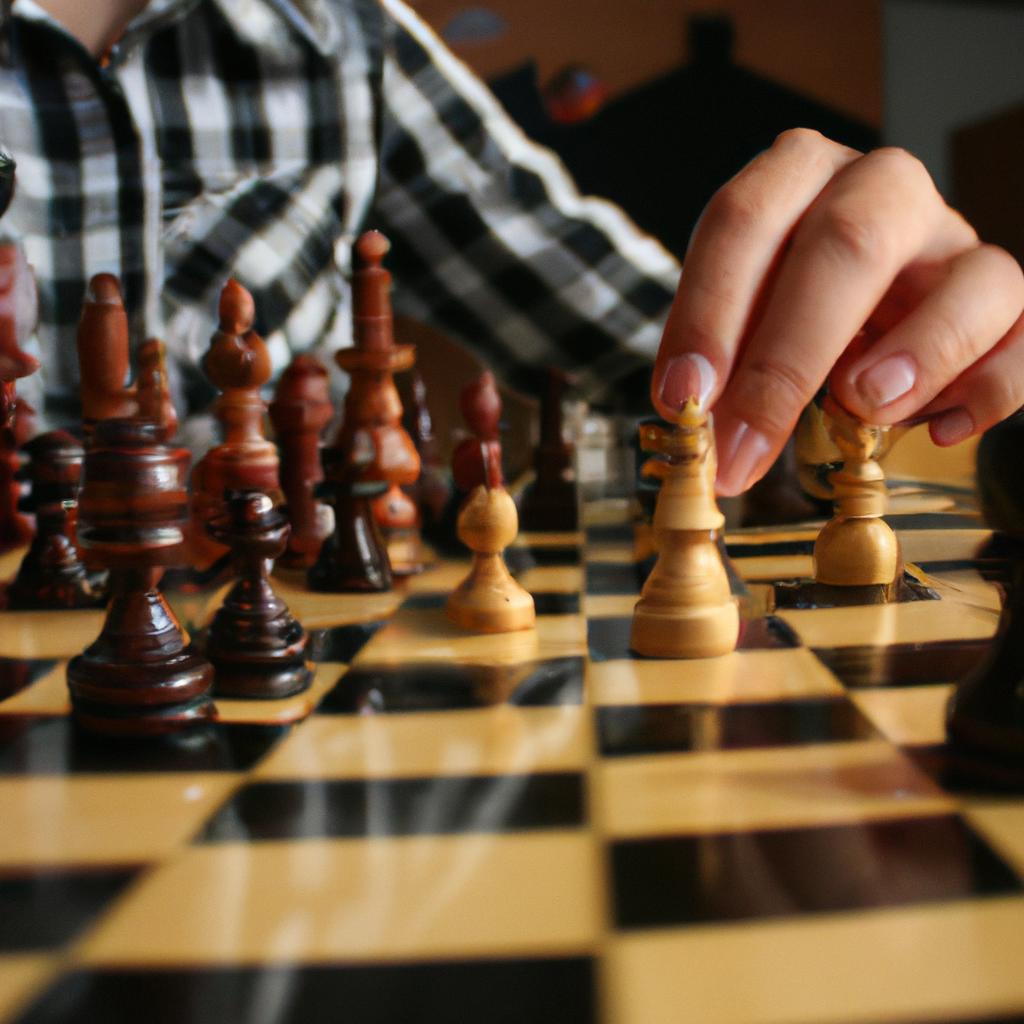
Chess Tactics: A Guide for Games and Sports
Chess tactics are an essential aspect of the game, offering strategic maneuvers that can tip the scales in favor of one player over another. These tactical moves involve precise calculations and careful planning to outmaneuver opponents and gain a positional advantage. For instance, consider a hypothetical scenario where a chess player finds themselves in a …
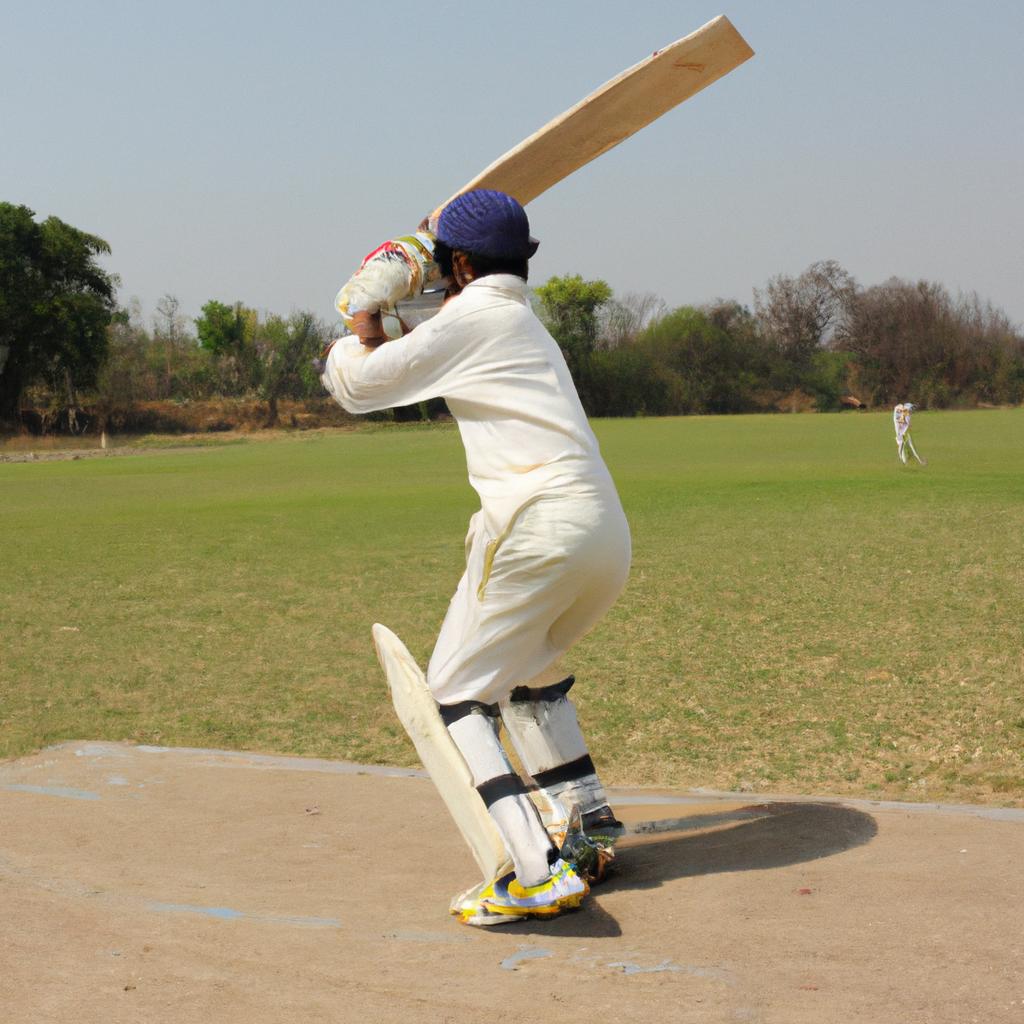
Famous Players in Games and Sports: Cricket
In the world of cricket, there are many players who have left an indelible mark on the sport. One such example is Sachin Tendulkar, a renowned Indian cricketer whose exceptional career spanned over two decades. Tendulkar’s skill and talent earned him numerous accolades, making him one of the most famous players in the history of …

Chess: A Strategic Game in the World of Games and Sports
Chess, a game of intellect and strategy, has long captivated the minds of enthusiasts worldwide. Its origins can be traced back several centuries to ancient India, where it was known as chaturanga. Over time, chess has evolved into a complex and highly competitive sport that demands both skill and foresight from its players. In this …
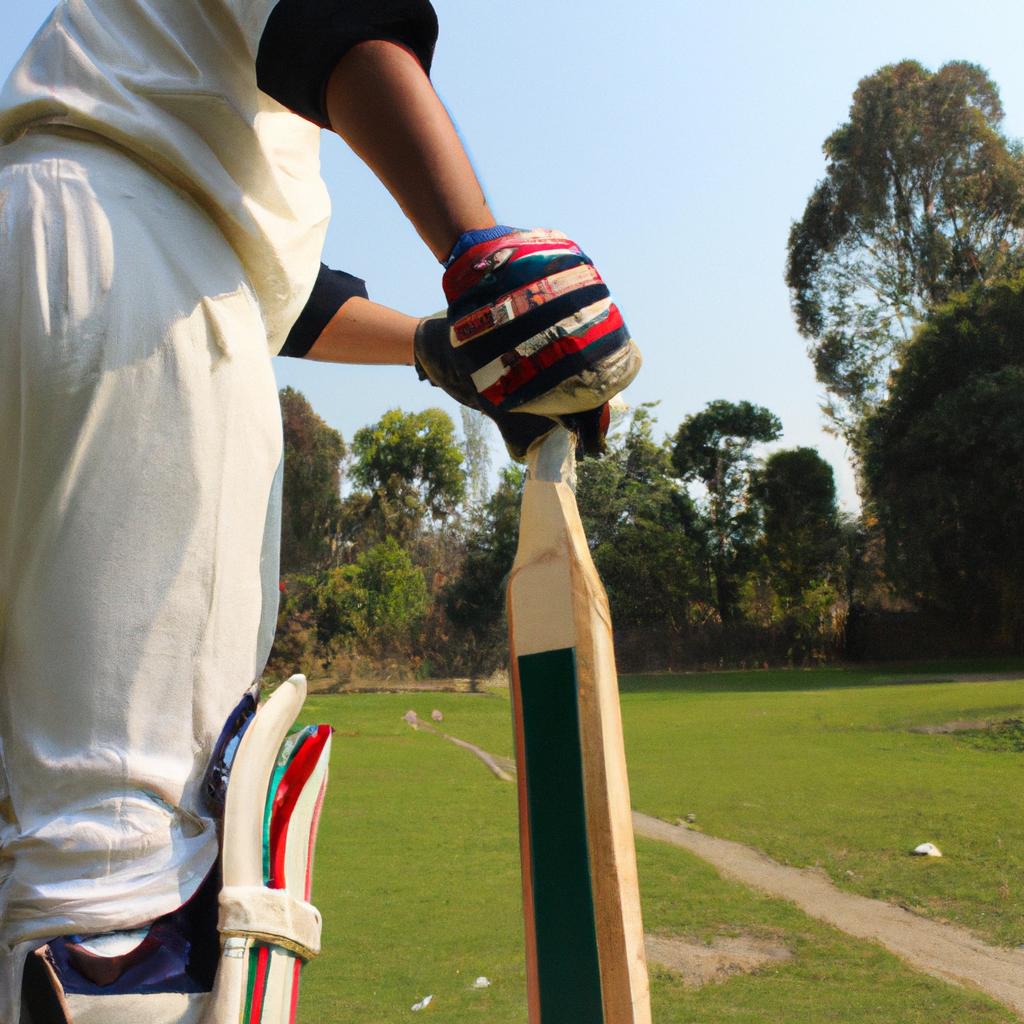
Equipment in Games and Sports: The Cricket Gear
Cricket, a popular sport played in many countries around the world, is known for its unique set of equipment that players use during matches. The cricket gear consists of various items designed to protect and enhance players’ performance on the field. For instance, imagine a scenario where a professional cricketer steps onto the pitch without …

Tournaments: All You Need to Know about Badminton
In the world of sports, badminton stands out as a thrilling and fast-paced game that requires agility, strategy, and precision. With its origins dating back to ancient civilizations, this racket sport has evolved into a global phenomenon, captivating players and spectators alike. Tournaments play a vital role in showcasing the skills of top athletes while …

Training for Success: Badminton in the Context of Games and Sports
Badminton is a popular sport that requires skill, agility, and strategic thinking. In the context of games and sports, it serves as an excellent example of how training can lead to success. Consider the case study of Sarah, a young badminton player who started with little experience but through dedicated practice and coaching, went on …
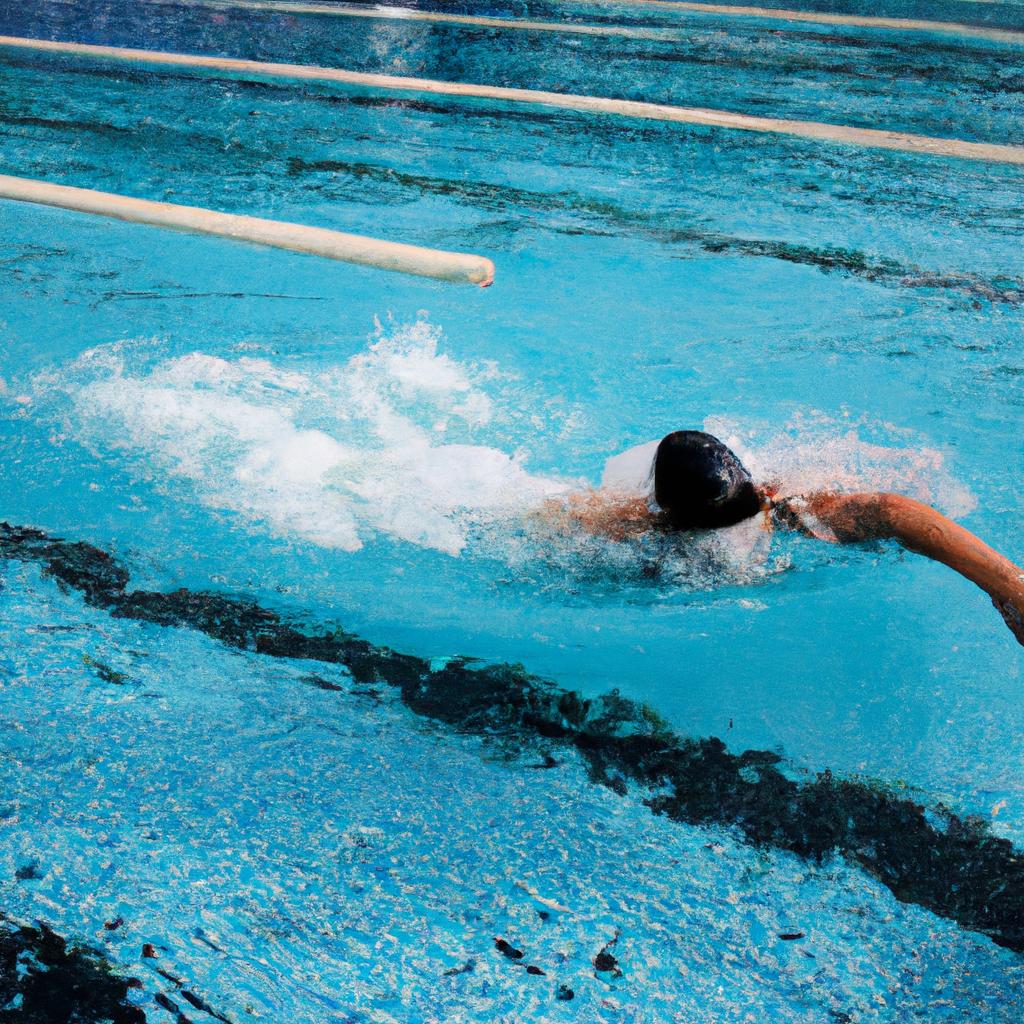
Backstroke in Games and Sports: A Guide to Efficient Swimming Techniques
In the world of competitive swimming, athletes strive to perfect their techniques in order to gain a competitive edge. One such technique that requires precision and skill is the backstroke. The backstroke involves swimming on one’s back while moving the arms and legs in a coordinated manner. This article aims to provide a comprehensive guide …
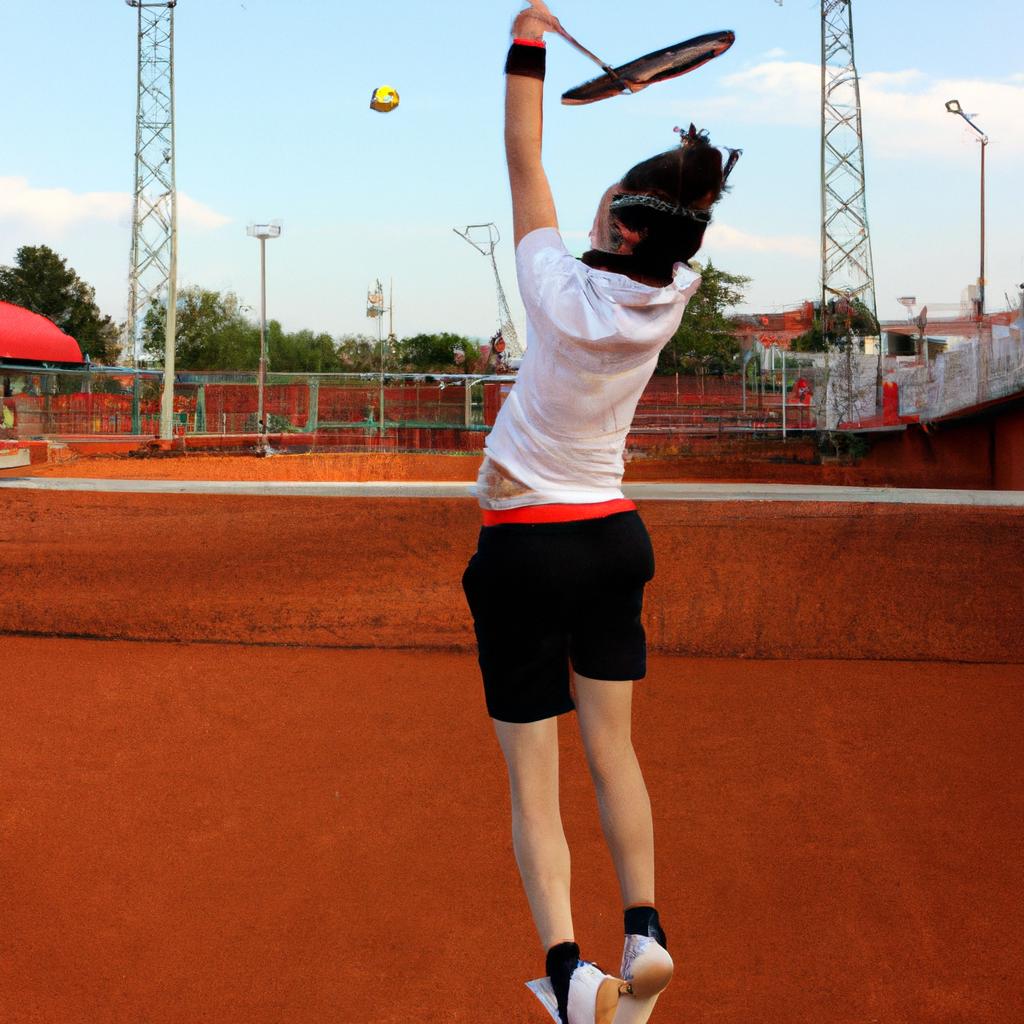
Famous Tennis Tournaments: Games and Sports in the World of Tennis
Tennis tournaments have long been a captivating spectacle, drawing in millions of fans from around the globe. The world of tennis is filled with famous tournaments that showcase not only the skills and athleticism of the players but also the rich history and tradition associated with this beloved sport. One such tournament, Wimbledon, stands as …

Butterfly in Games and Sports: The Swimming Stroke to Master
The butterfly swimming stroke, also known as the “fly,” is a challenging and powerful technique that requires both strength and finesse. It has been widely embraced in various games and sports due to its unique characteristics and impressive performance outcomes. For instance, imagine a hypothetical scenario where an aspiring swimmer named Sarah aims to compete …

Famous Chess Players : Games and Sports : Chess
Chess is a game that has captivated minds and challenged intellects for centuries. It is widely regarded as one of the most intellectually demanding games, requiring strategic thinking, problem-solving skills, and foresight. Throughout history, there have been numerous famous chess players who have not only mastered the intricacies of this ancient game but also left …

Defensive Tactics Unveiled: Dominating Strategies for Basketball Games
Basketball is a dynamic sport that requires players to possess not only offensive prowess but also defensive skills to effectively compete. The ability to defend against opponents’ attacks and disrupt their strategies can significantly impact the outcome of basketball games. This article aims to delve into the realm of defensive tactics in basketball, unveiling dominating …

Types of Tennis Court: The Varied Surfaces in the Game of Tennis
One of the most intriguing aspects of the game of tennis is its ability to be played on a variety of different court surfaces. Each surface offers unique characteristics that can greatly impact the style of play and strategies employed by players. For instance, consider an imaginary scenario where two top-ranked professional tennis players face …
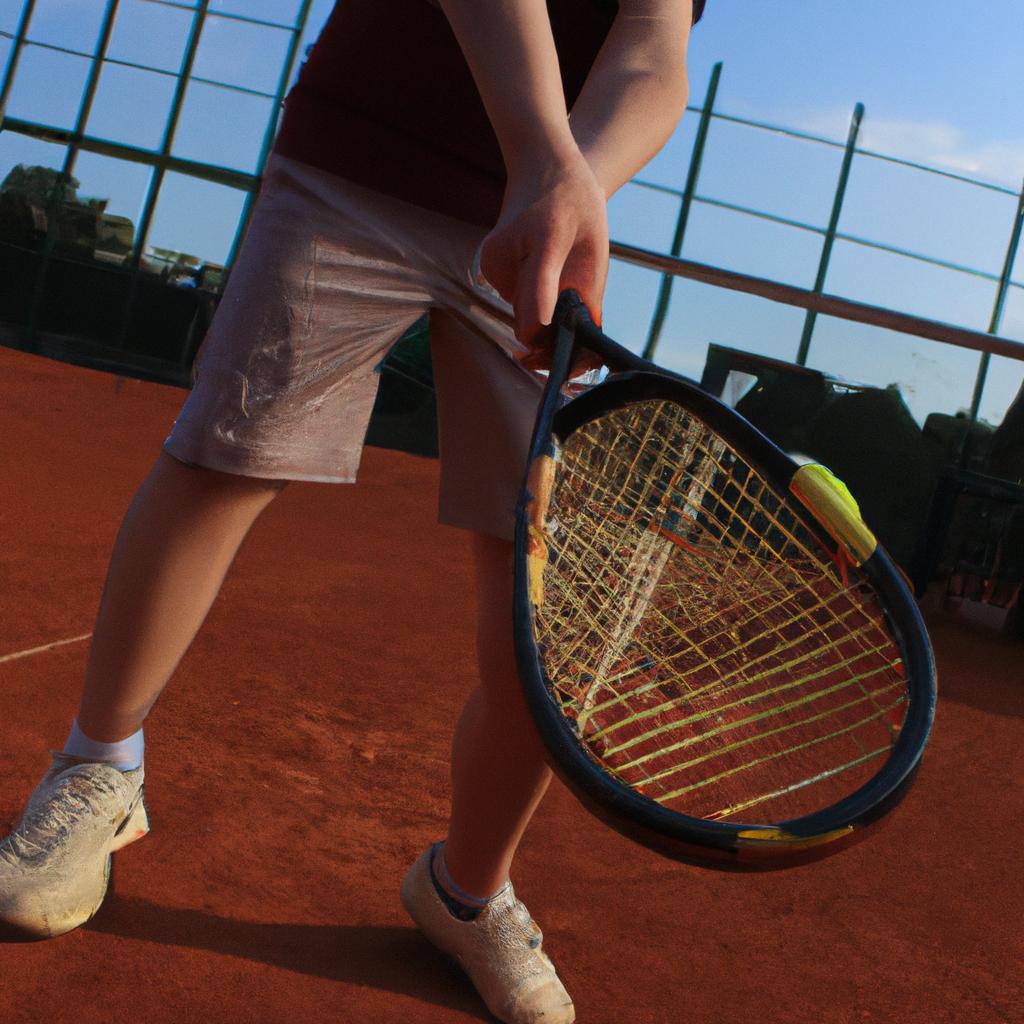
Basic Rules: Games and Sports (Tennis)
In the realm of games and sports, tennis stands as a prominent example of an activity that combines physical prowess with strategic thinking. The objective is simple: players must strike a ball over a net and into the opponent’s court, aiming to score points while preventing their adversary from doing so. To delve deeper into …
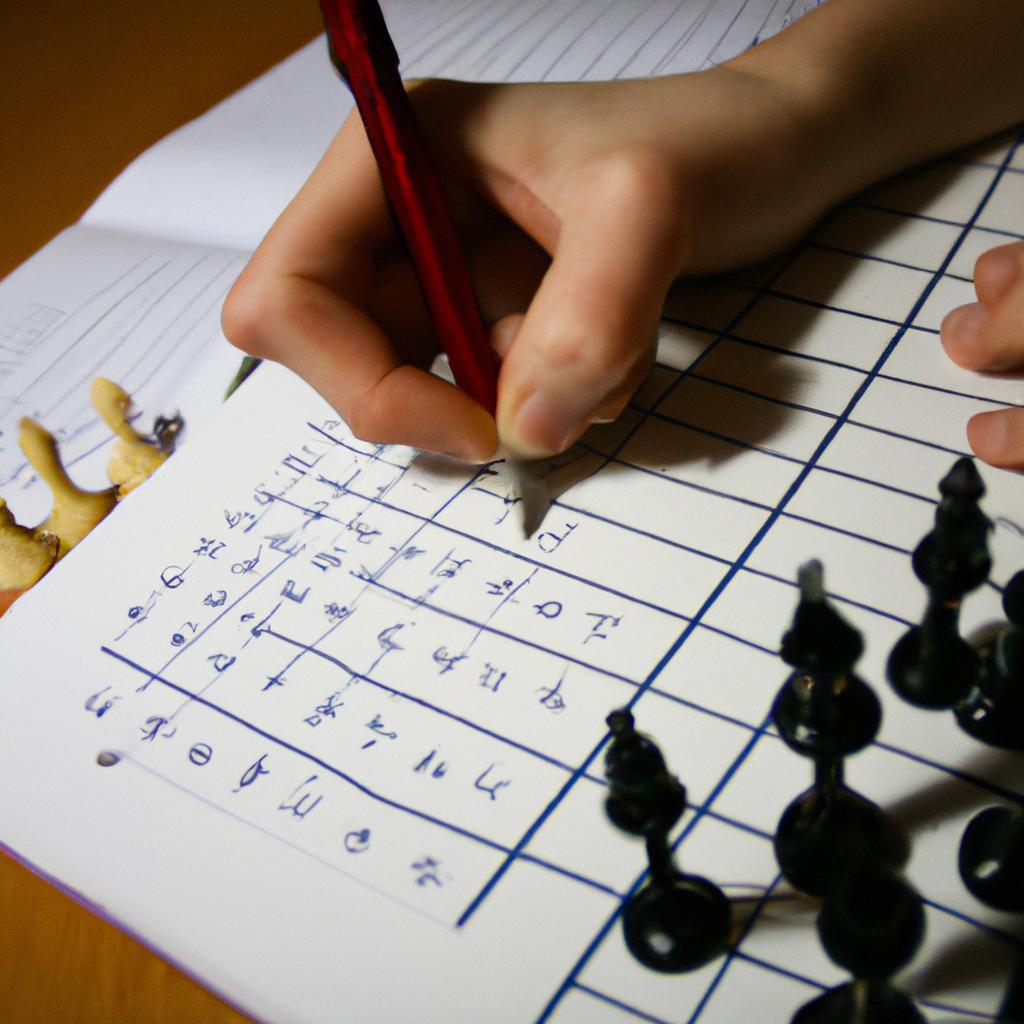
Chess Notation: The Language of Games and Sports
Chess notation is a system of recording moves and positions in the game of chess. It serves as a language that allows players to communicate and analyze their games, as well as study and learn from the games of others. For example, imagine two skilled grandmasters engaged in an intense battle on the chessboard. As …

Strategies Unveiled: Optimizing Success in Basketball Games
Basketball, with its fast-paced nature and strategic gameplay, has captivated sports enthusiasts for decades. In the pursuit of victory on the court, teams employ various strategies to optimize their chances of success. This article aims to delve into this realm of basketball tactics by exploring different approaches that can be utilized during games. By analyzing …

Scoring System in Games and Sports: Cricket
The scoring system in games and sports plays a crucial role in determining the outcome of matches and competitions. It provides a standardized method to quantify performance, allowing teams or individuals to compete against each other based on their achievements within the game. One such sport that heavily relies on an intricate scoring system is …

Chess Openings Unveiled: A Comprehensive Guide for Game Enthusiasts
Chess, a game of strategic brilliance and intellectual prowess, has intrigued countless enthusiasts for centuries. At the core of this complex game lie chess openings, which set the stage for the unfolding battle between opponents. Understanding chess openings is crucial as it determines the direction of play and shapes the subsequent middle and endgame strategies. …

History Unveiled: A Journey Through Badminton’s Evolution in Games and Sports
Throughout history, sports have played a significant role in shaping societies and cultures. The evolution of various games over time reflects the ever-changing nature of human interests and capabilities. One such sport that has undergone a fascinating transformation is badminton. From its humble origins as a leisure activity to its current status as an Olympic …

Drills and Skills: Enhancing Basketball Performance in Games and Sports
Basketball is a highly competitive sport that requires players to possess a combination of technical skills, physical fitness, and strategic thinking. In order to excel in games and sports, basketball players must undergo rigorous training programs that focus on drills and skills enhancement. This article aims to explore the importance of drills and skills in …
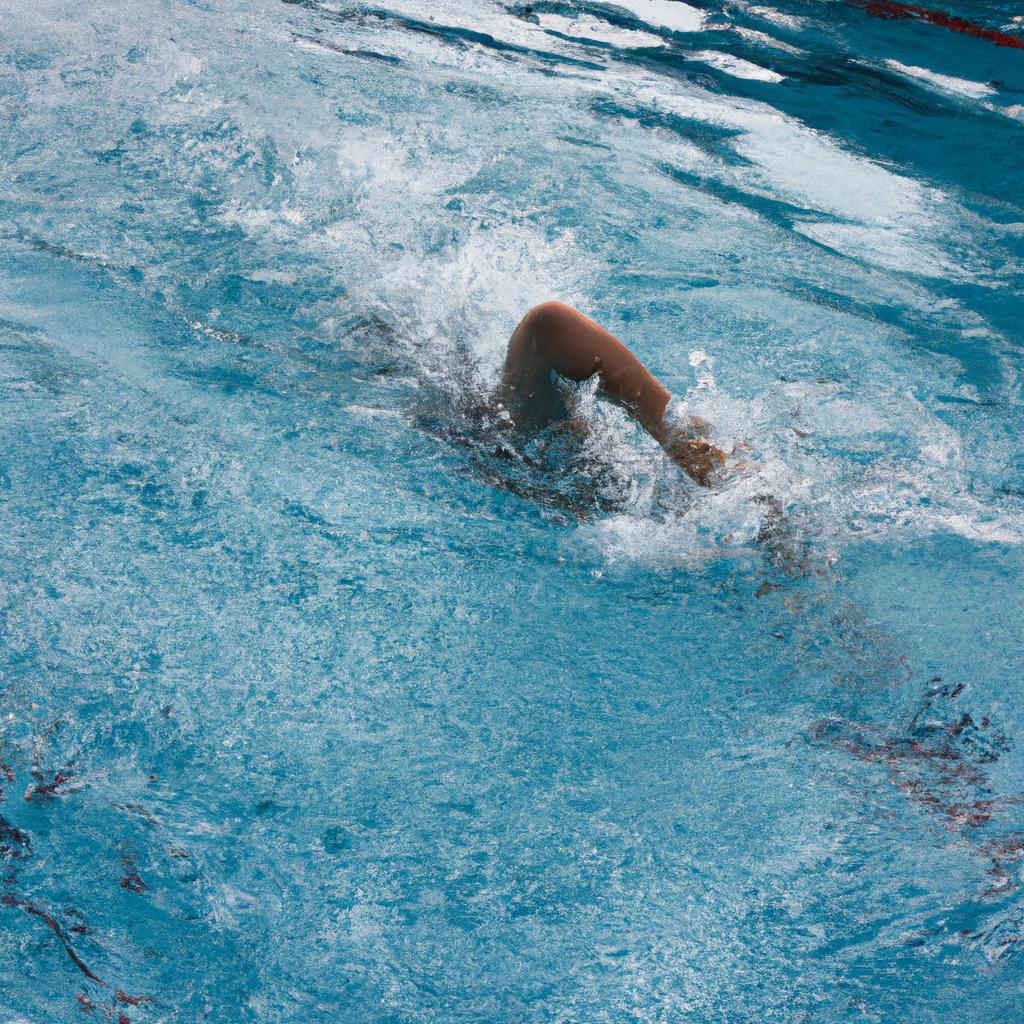
Medley in Games and Sports: The Ultimate Guide to Swimming
Swimming is a popular and versatile sport that encompasses various styles, techniques, and events. Among these swimming disciplines, the medley stands out as an intriguing combination of four different strokes: butterfly, backstroke, breaststroke, and freestyle. This ultimate guide aims to explore the intricacies of medley in games and sports by providing a comprehensive overview of …
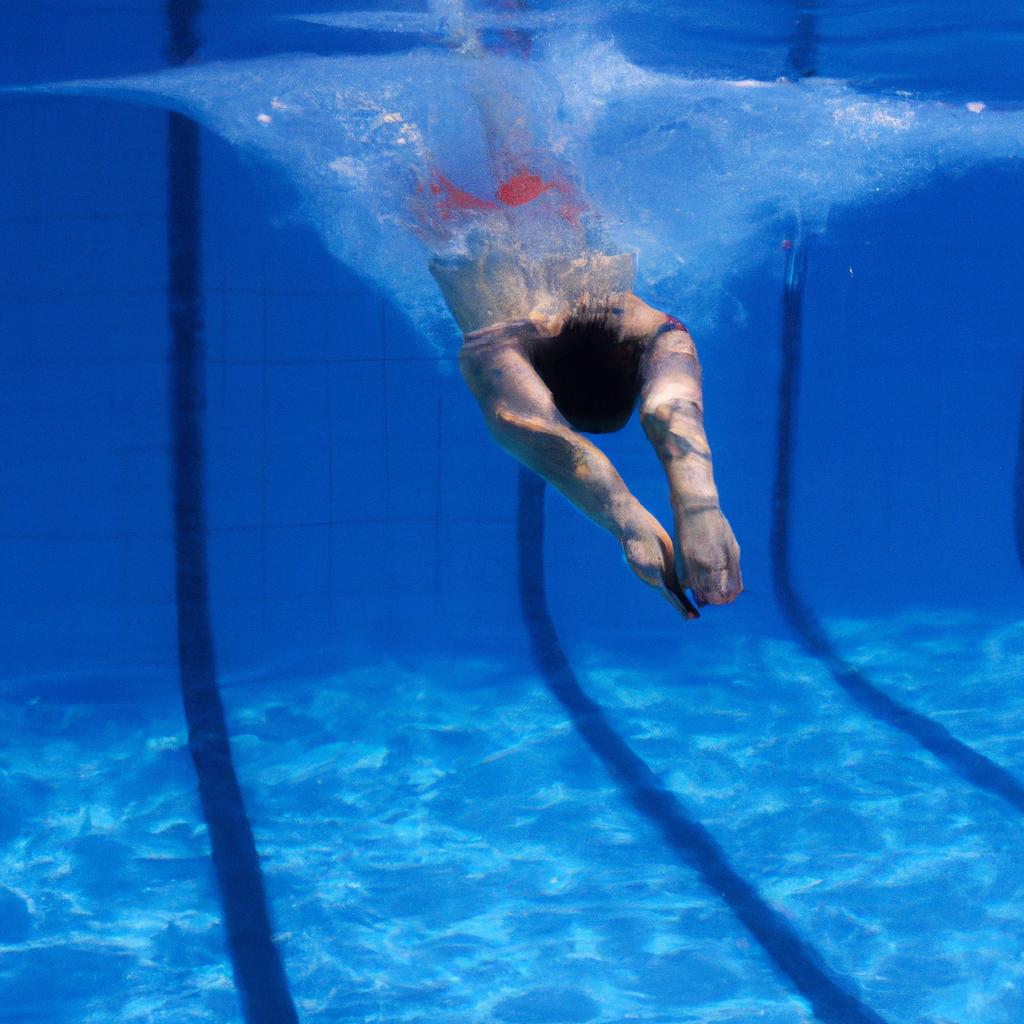
Open Water and Games: Swimming in the Context of Sports
The vast expanse of open water presents a unique and challenging environment for swimmers, where the boundaries are blurred between sport and nature. In this article, we explore the context of swimming in open water within the realm of sports. To illustrate this topic, let us consider the case study of Maria, an avid competitive …
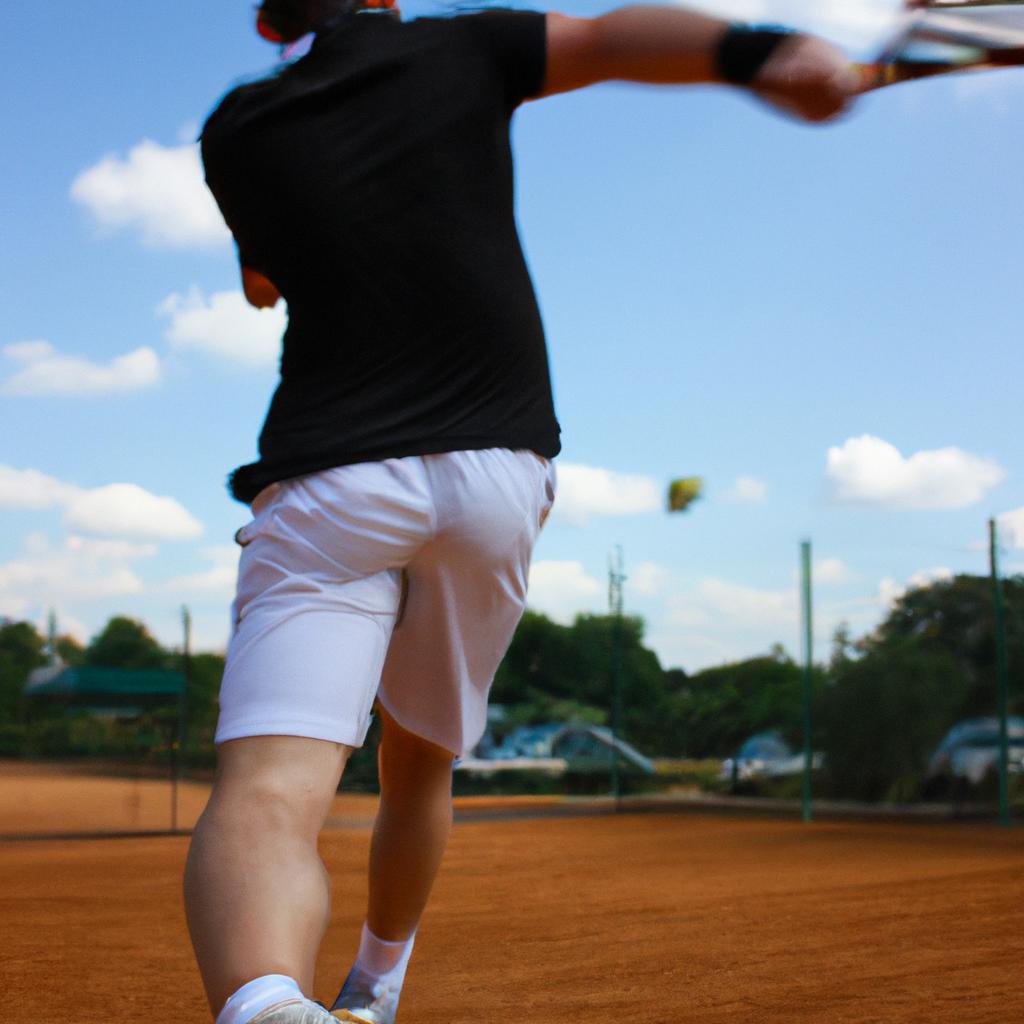
Strategy and Tactics: Mastering Tennis through Game Change
The sport of tennis has long been recognized as a game that requires not only physical skill and agility but also strategic thinking and tactical decision-making. In order to excel in this highly competitive sport, players must possess the ability to adapt their strategies and change their tactics based on various factors such as opponent’s …

Techniques Unveiled: Enhance Your Basketball Skills
Basketball, a game of agility, precision, and teamwork, continues to captivate athletes and enthusiasts alike. To excel in this sport, one must possess a diverse set of skills encompassing shooting, dribbling, passing, and defense. In the quest for mastery, players often seek out techniques that can enhance their basketball abilities and elevate their performance on …
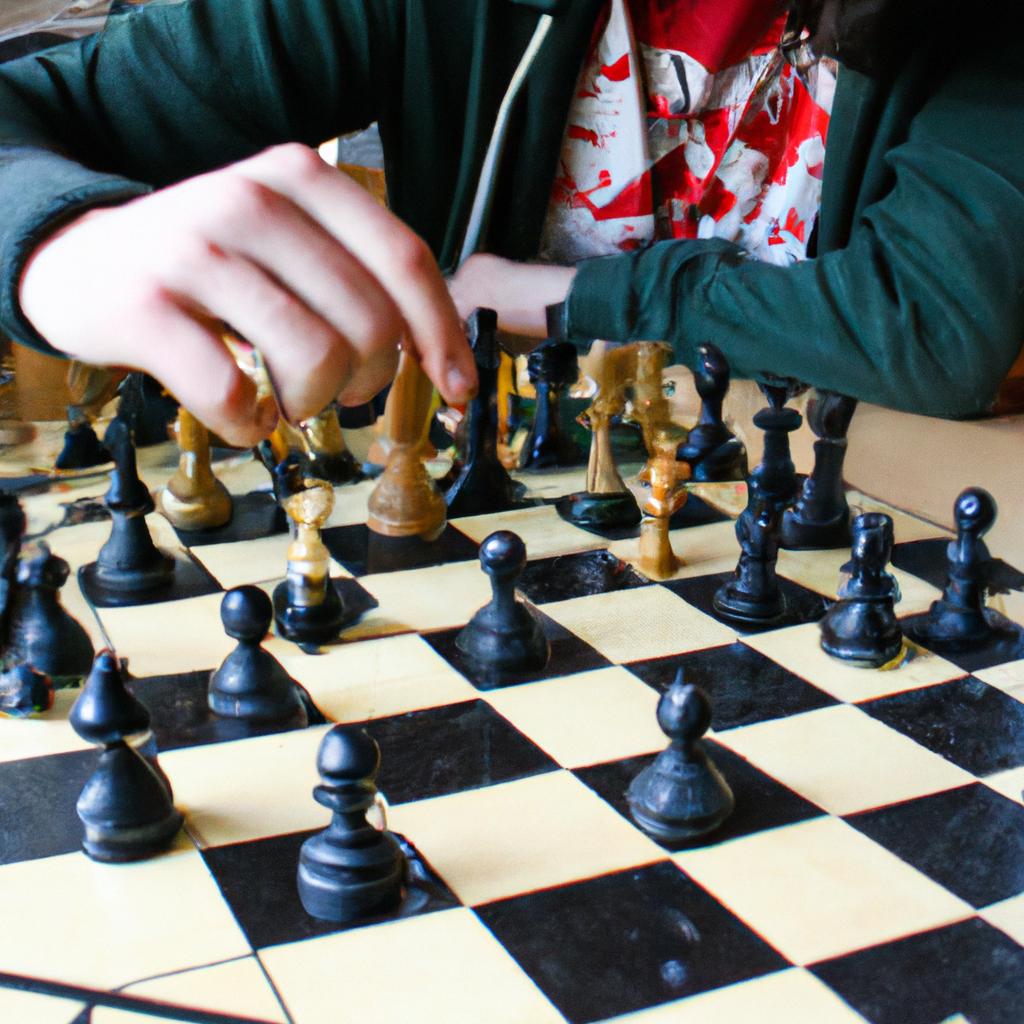
Endgame Strategies: Mastering Chess in Games and Sports
Consider a scenario in which two chess players are locked in an intense battle, with both sides employing their strategic prowess to gain the upper hand. As the game progresses, pieces are captured and positional advantages shift back and forth. However, it is often during the endgame phase that true mastery of the game is …
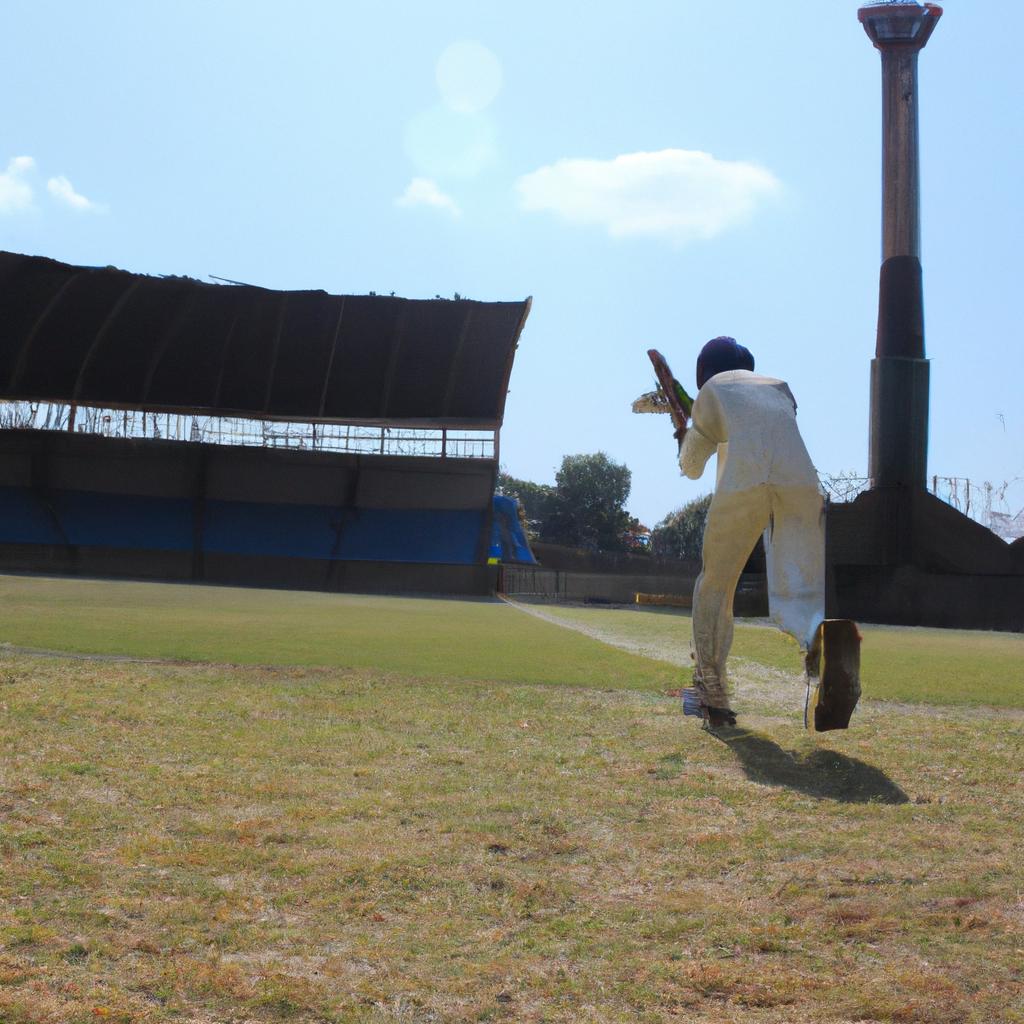
Cricket Formats: Types and Variations in Games and Sports: Cricket
In the world of sports, cricket stands out as one of the most popular and globally recognized games. Originating in England during the 16th century, this bat-and-ball sport has evolved over time to include various formats and variations. These different types of cricket formats have revolutionized the game, catering to diverse audiences and emphasizing distinct …

Field Positions in Cricket: An Overview
Field positions in cricket play a crucial role in the strategic positioning of players on the field. Each position is strategically placed to maximize defensive and offensive capabilities, creating an intricate web of coordination and anticipation. For instance, imagine a hypothetical scenario where a batsman with exceptional power and precision has just entered the crease. …

Breaststroke: A Guide to the Technique and Rules in Swimming
Breaststroke is a swimming technique that has been practiced for centuries, known for its unique arm and leg movements that mimic the motions of a frog. This stroke requires coordination and strength as swimmers must perform a specific sequence of actions to propel themselves through the water efficiently. Understanding the proper technique and rules associated …
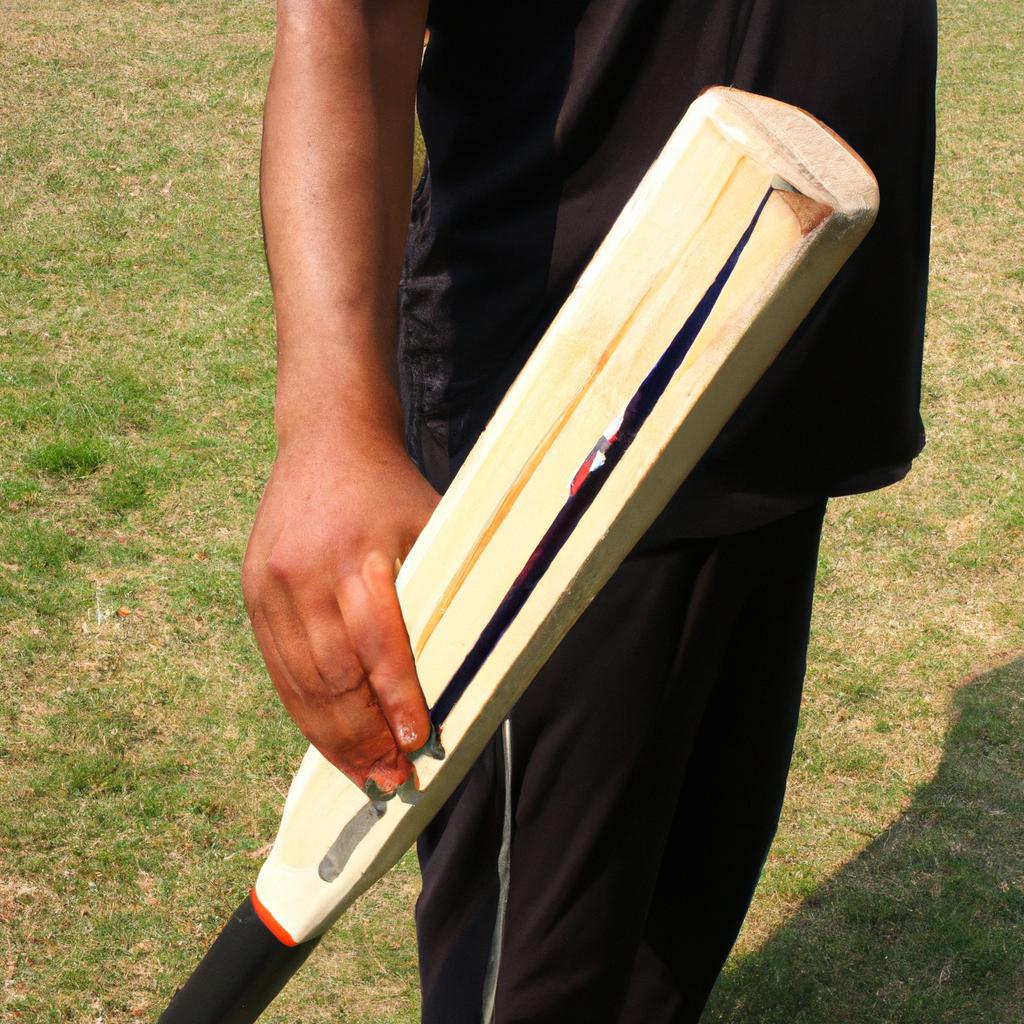
Cricket: Rules and Regulations in the World of Sports
Cricket, a sport known for its strategic gameplay and rich history, has captivated audiences around the world. From its origins in 16th-century England to becoming one of the most popular sports globally, cricket has evolved into a complex game governed by a set of rules and regulations that ensure fair play. For instance, imagine a …
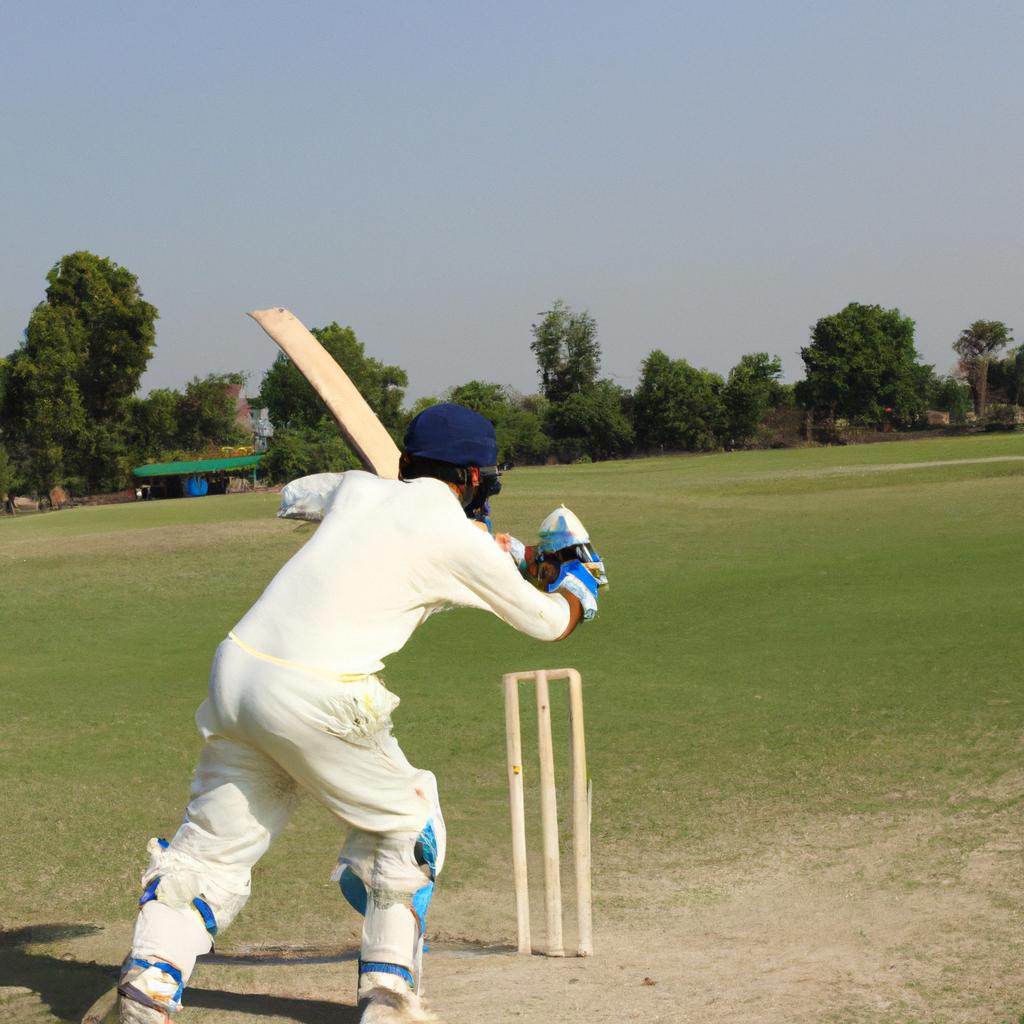
Cricket: A Comprehensive Guide to the Iconic Game of Bat and Ball
Cricket, an iconic game of bat and ball, has captivated sports enthusiasts around the world for centuries. Its origins can be traced back to 16th-century England, where it evolved from a simple pastime into a highly competitive sport played by teams consisting of eleven players each. This comprehensive guide aims to provide readers with a …
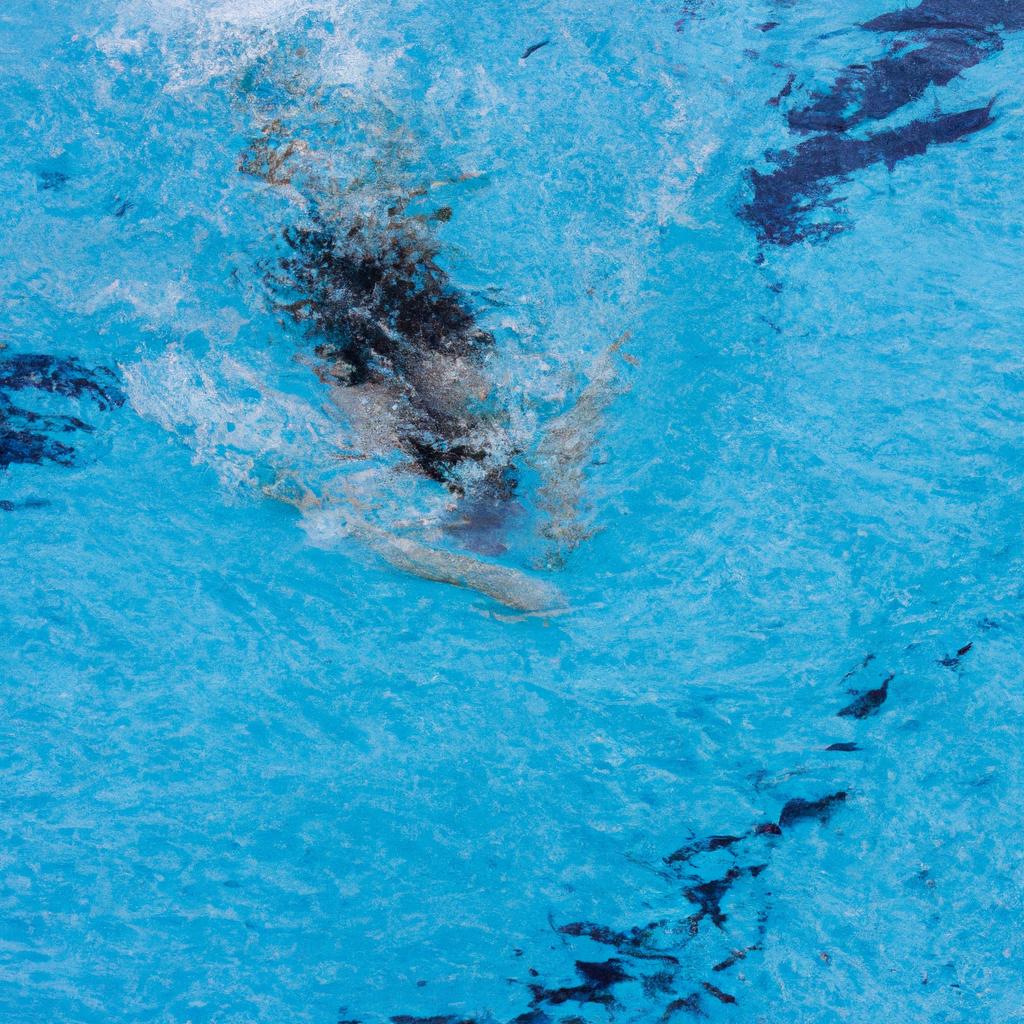
The Ultimate Guide: Swimming in Games and Sports
Swimming is a widely recognized and practiced sport that has been incorporated into various games and sports throughout history. Its versatility allows for its inclusion in diverse contexts, ranging from Olympic competitions to recreational activities at the local pool. The aim of this article is to provide readers with an ultimate guide on swimming in …

Freestyle in Games and Sports: A Swim-focused Perspective
Freestyle, as a term commonly associated with swimming, represents the epitome of fluidity and grace in aquatic movement. It encompasses a technique that allows swimmers to harness their physical capabilities and propel themselves through the water with remarkable efficiency. However, beyond its application in swimming, freestyle is also prevalent in various other games and sports …
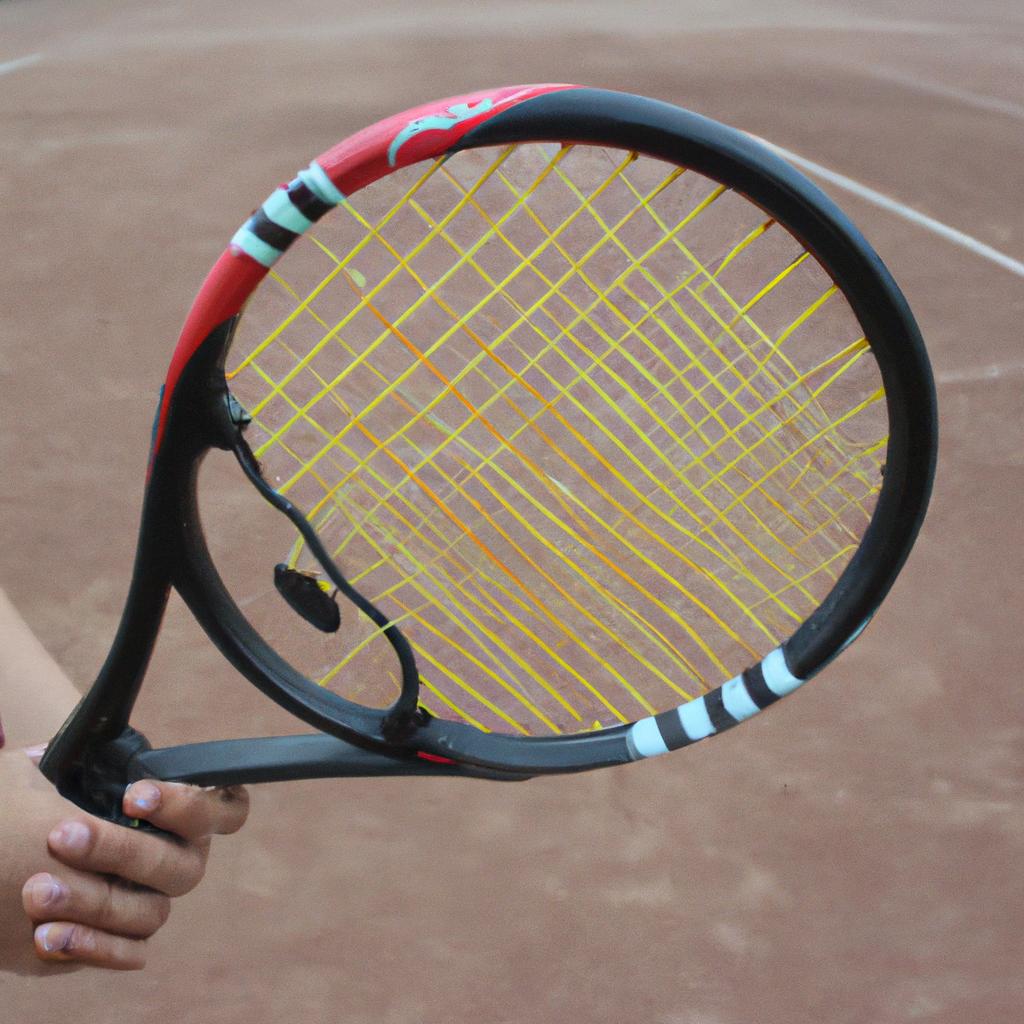
Tennis: A Comprehensive Guide to the Game
Tennis is a sport that has captivated athletes and spectators alike for centuries. With its fast-paced gameplay, strategic elements, and individual competition, tennis offers a unique sporting experience that continues to attract participants of all ages and skill levels. For example, imagine a young aspiring athlete named Emily who dreams of becoming a professional tennis …

Position Breakdown: Basketball Games and Sports
Basketball games and sports are complex activities that involve various positions, each playing a crucial role in the overall dynamics of the game. The interplay between these different positions creates an intricate web of strategies and tactics that contribute to the success or failure of a team. For instance, imagine a hypothetical scenario where Team …

Basketball Game Rules: Key Guidelines for Sportsmanship and Fair Play
Basketball, a fast-paced and exhilarating sport, has captured the hearts of millions around the world. As with any game, basketball is governed by a set of rules that serve as the foundation for fair play and sportsmanship. These rules ensure that all players have an equal opportunity to compete while maintaining respect for one another …
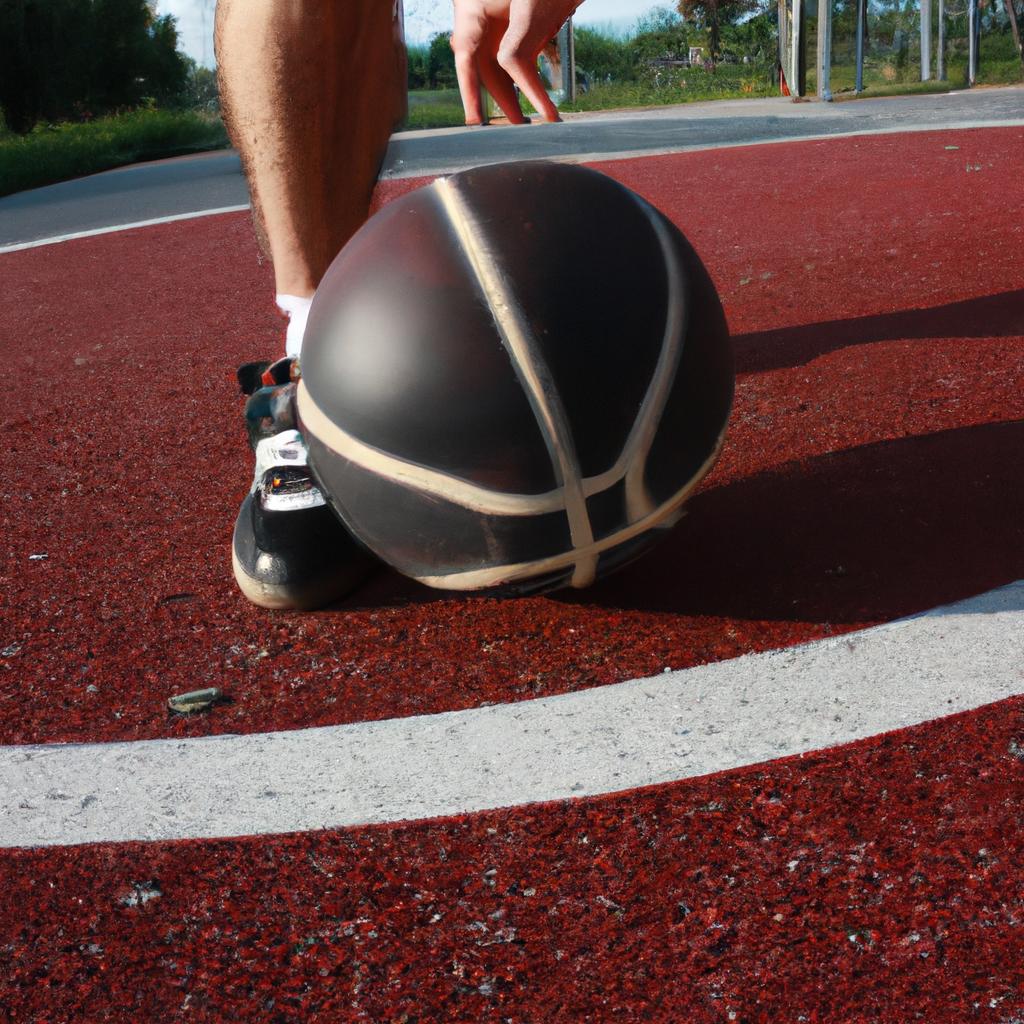
Basketball: A Comprehensive Guide to the Game and Its Rules
Basketball, a fast-paced and dynamic game played by millions around the world, is synonymous with athleticism, teamwork, and skill. Whether it’s the high-flying dunks or precise three-point shots, basketball has captured the hearts of fans worldwide. In this comprehensive guide, we will delve into the intricacies of the game and explore its rules in depth. …
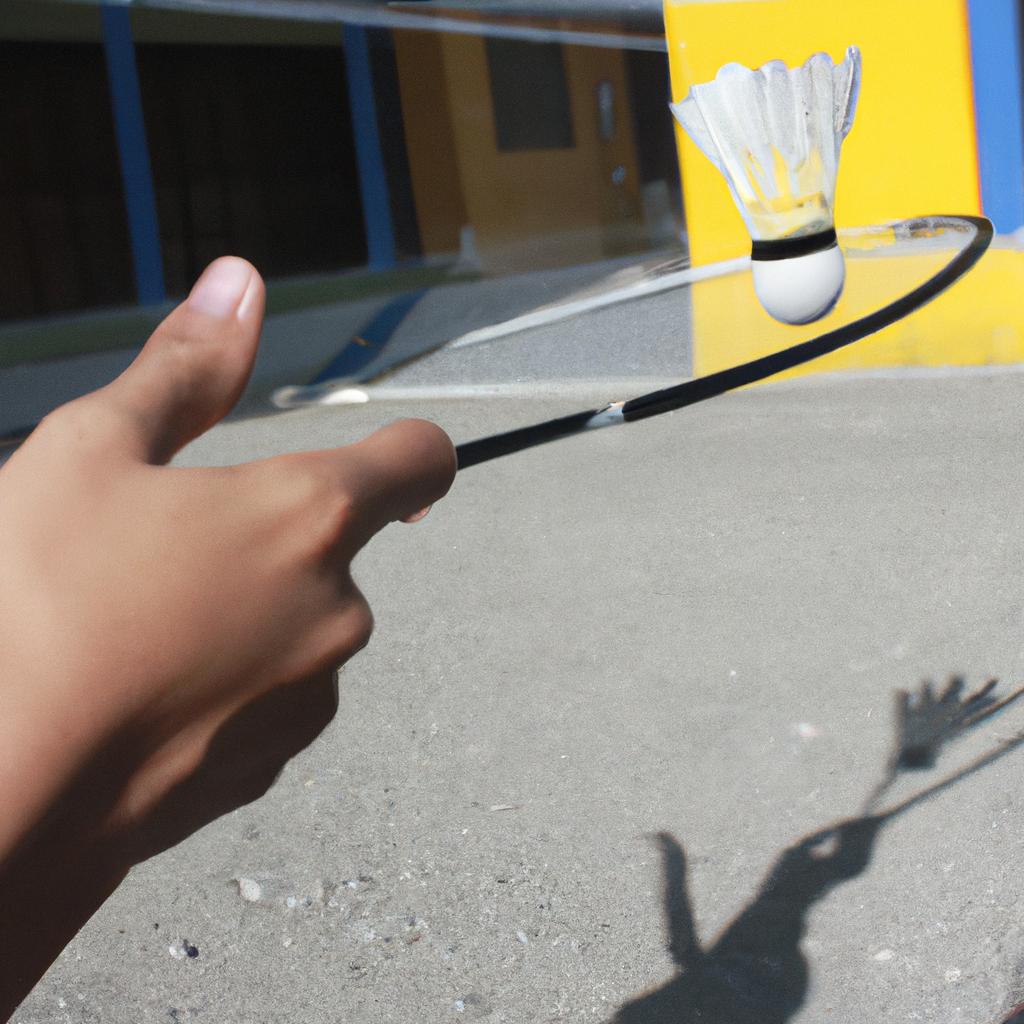
Badminton in Games and Sports: A Comprehensive Guide to the Game
Badminton is a popular sport that has gained significant attention in recent years due to its fast-paced and dynamic nature. This comprehensive guide aims to provide an in-depth exploration of the game, delving into its history, rules, techniques, and strategies. By examining the intricacies of badminton, this article seeks to equip readers with a thorough …
